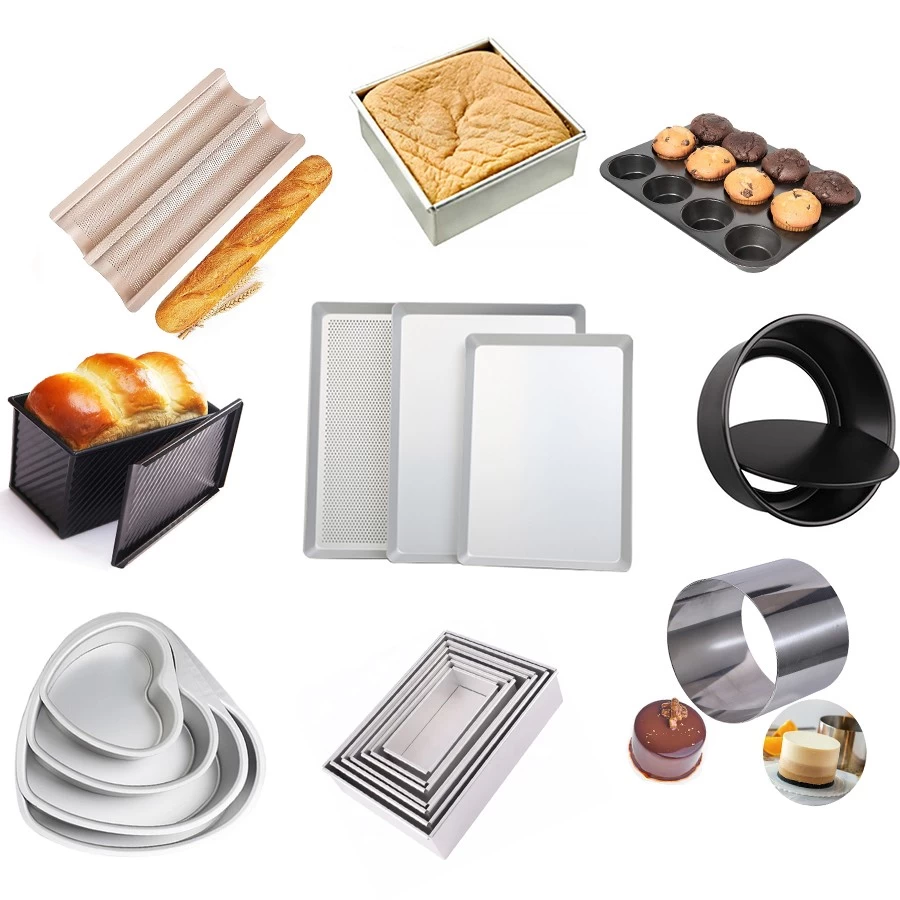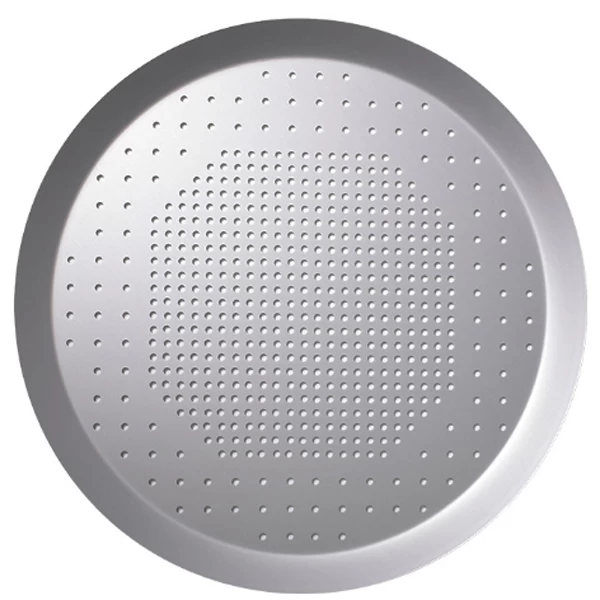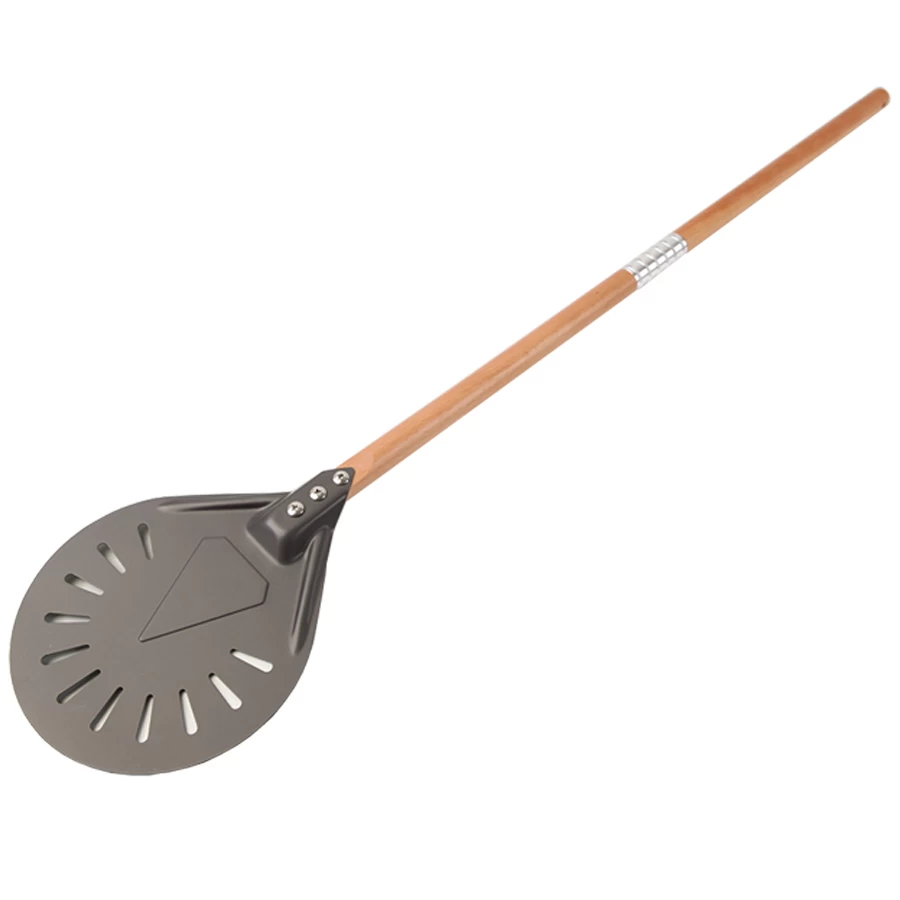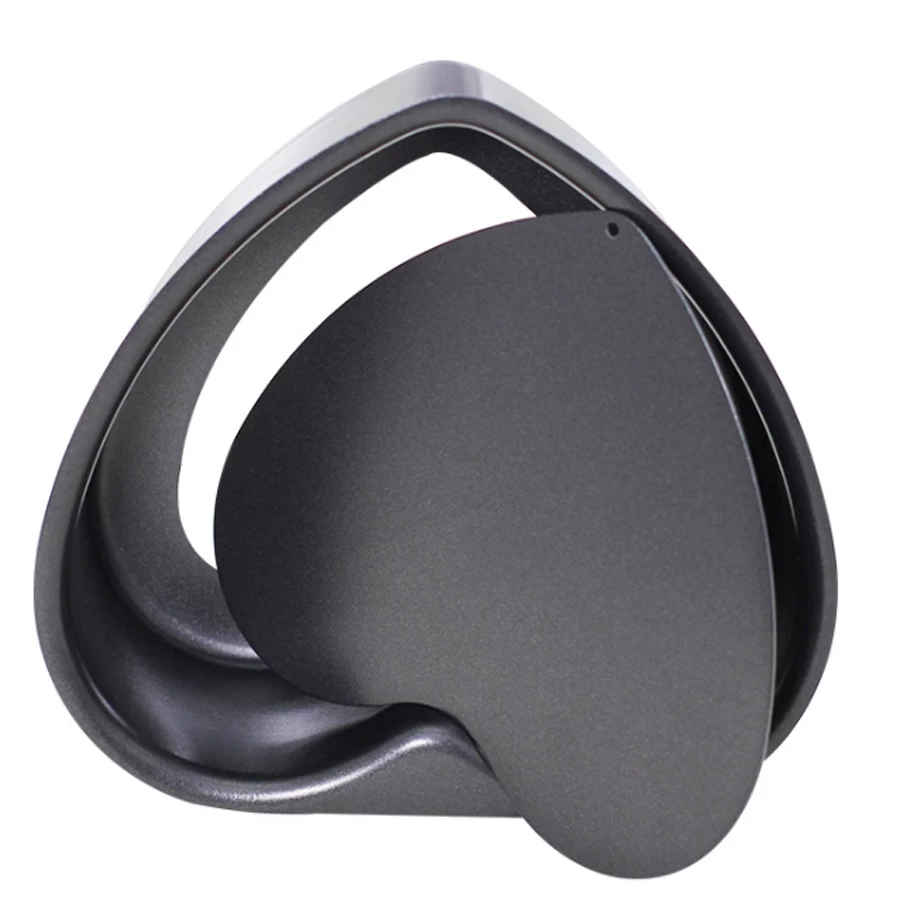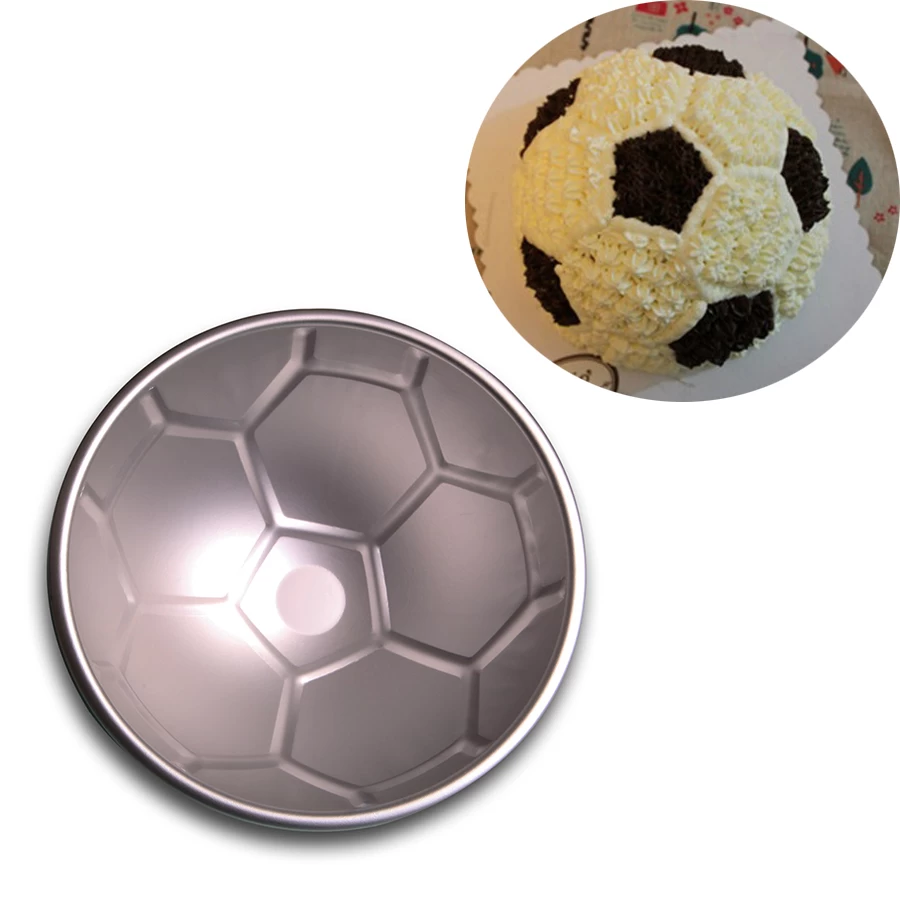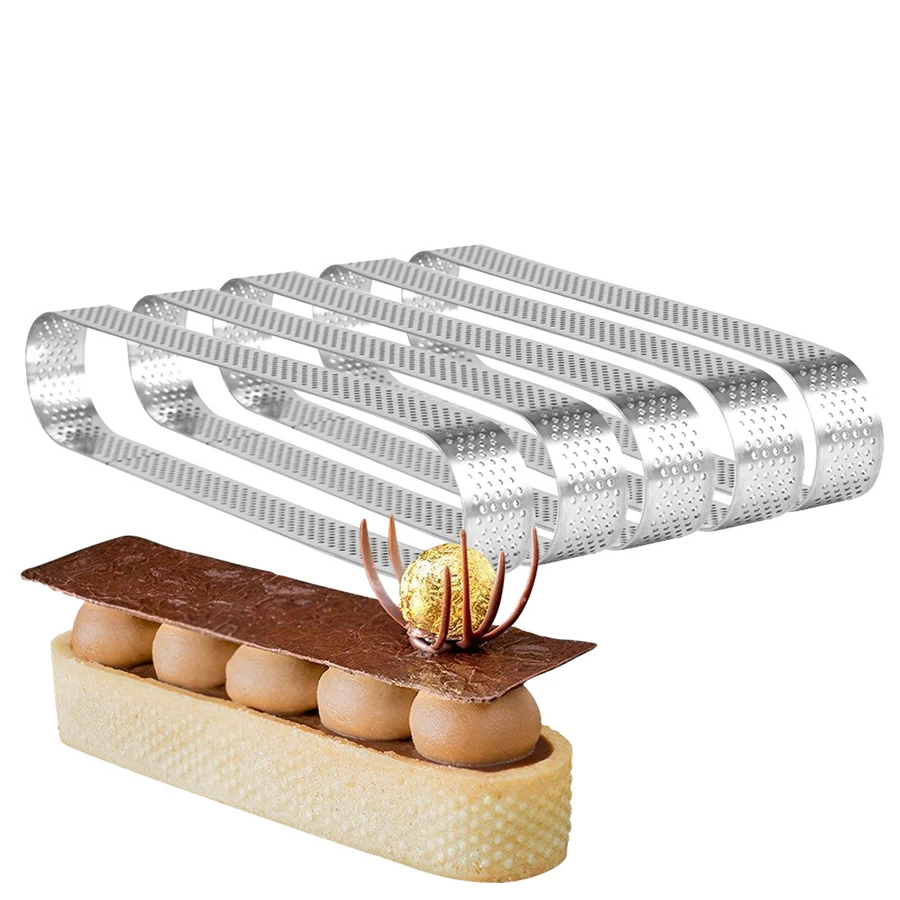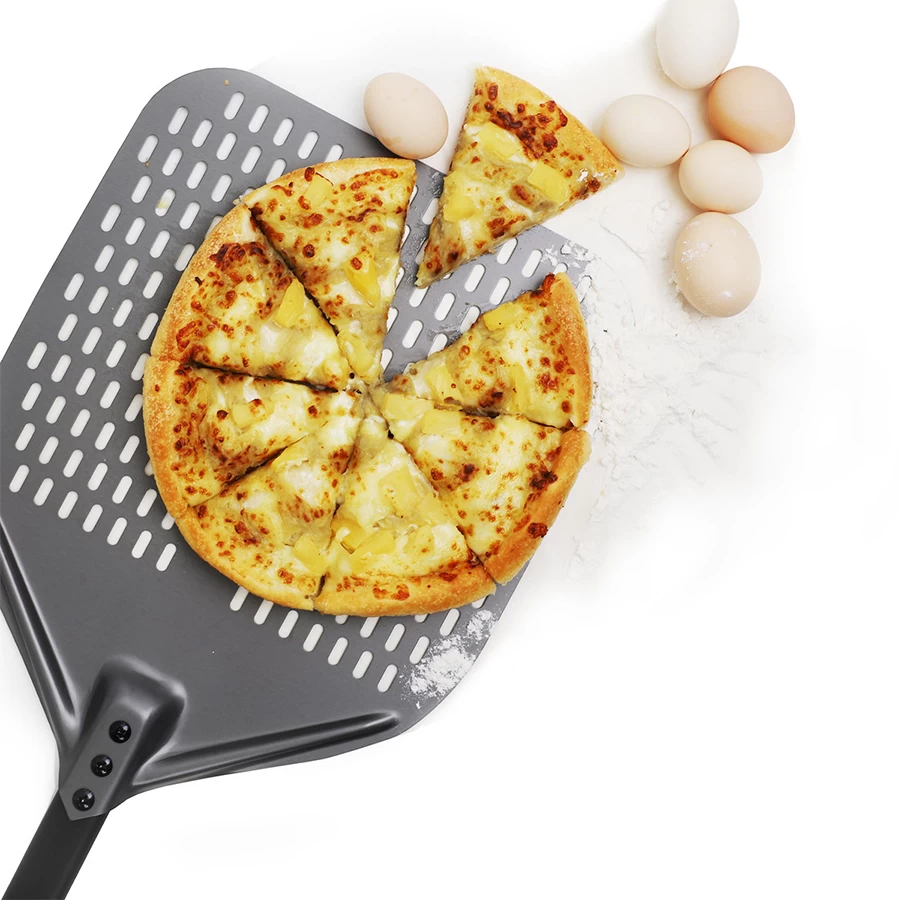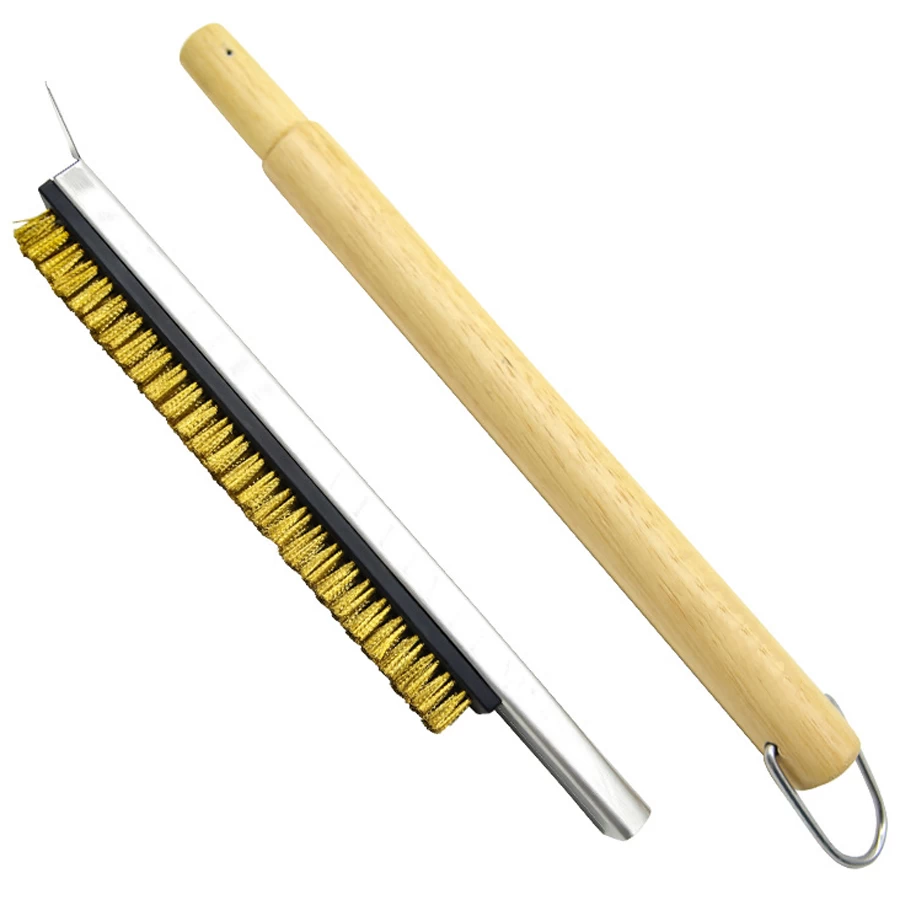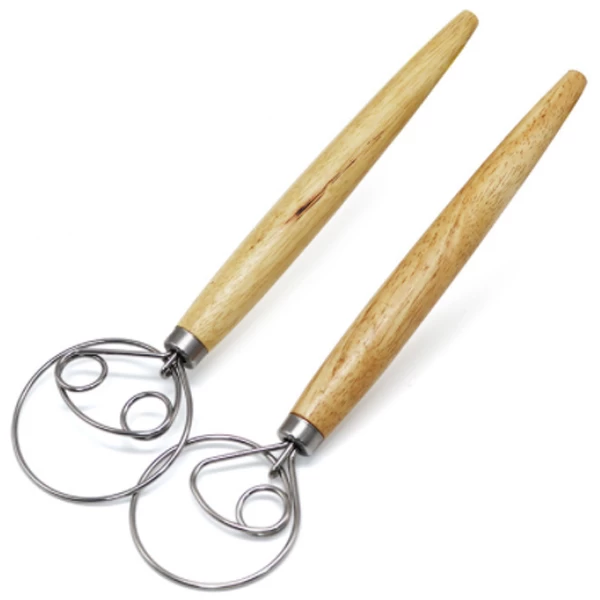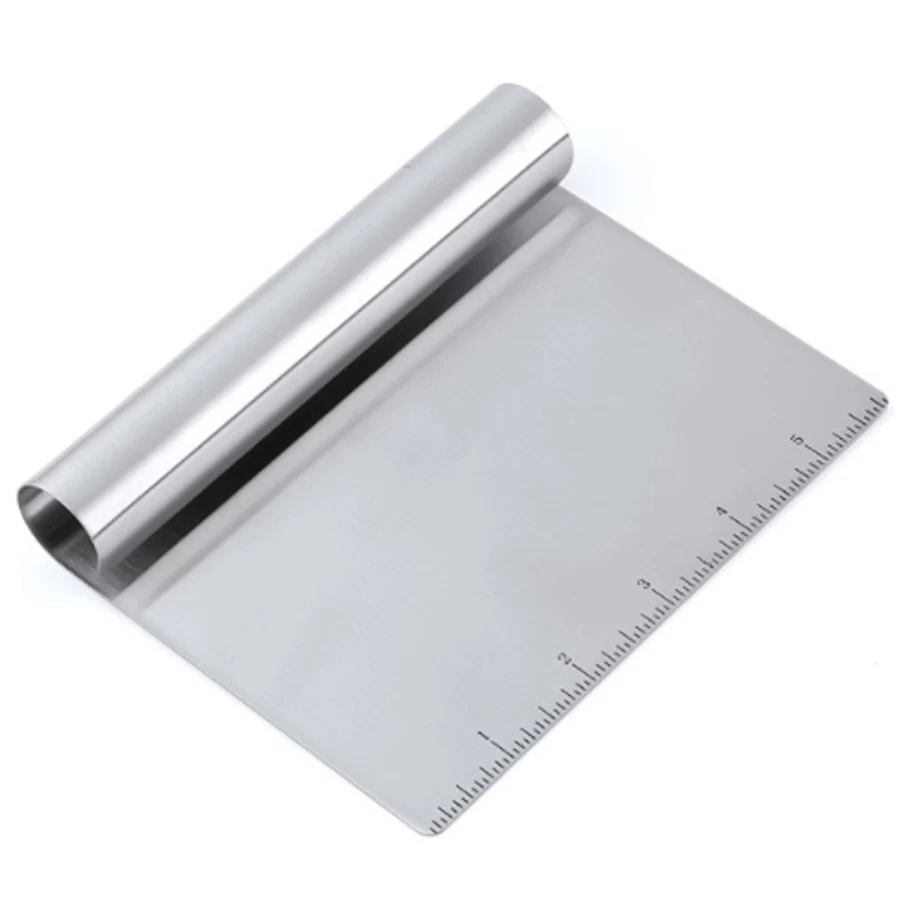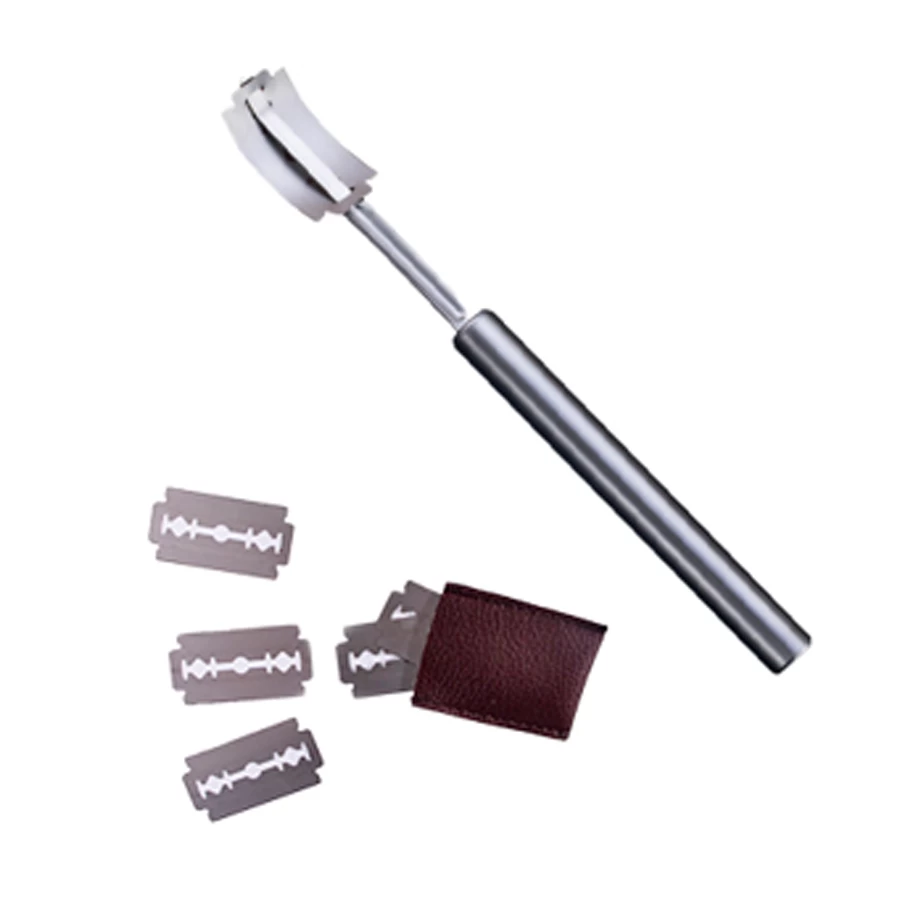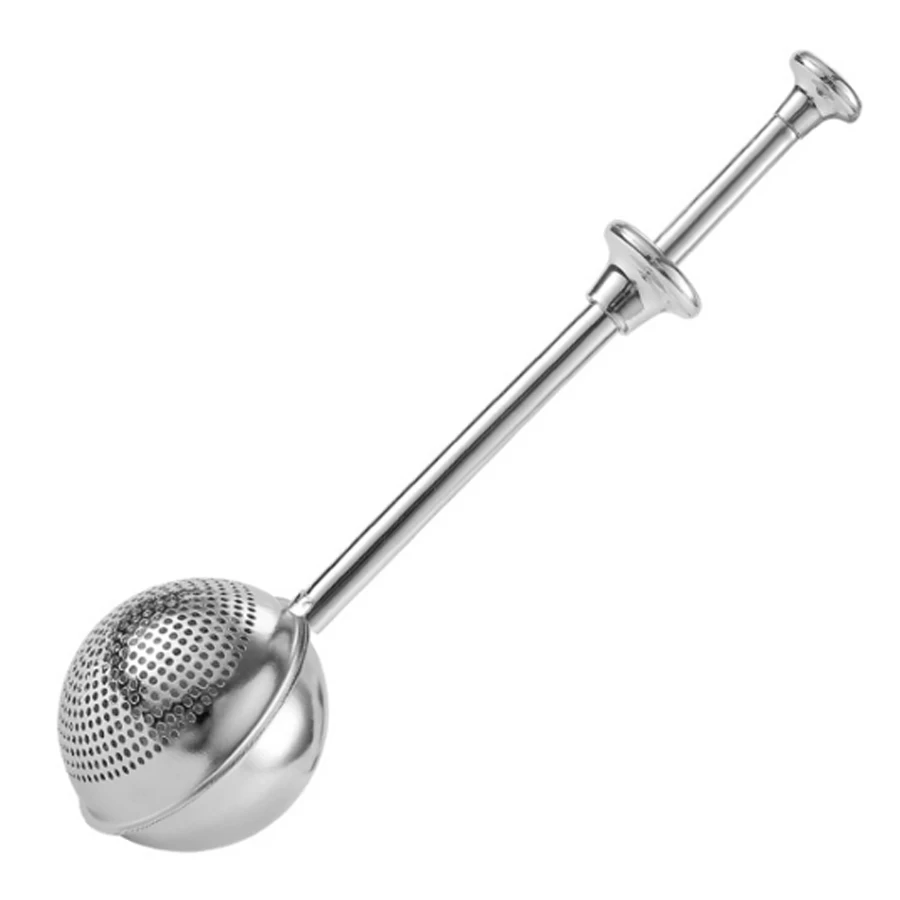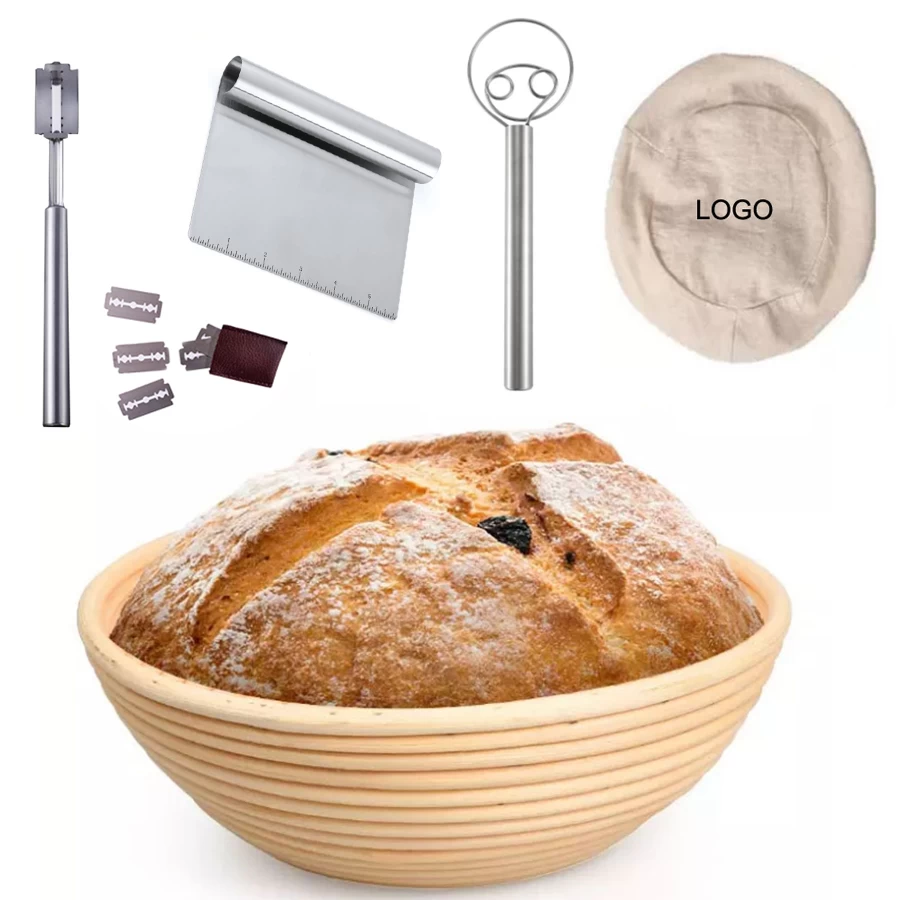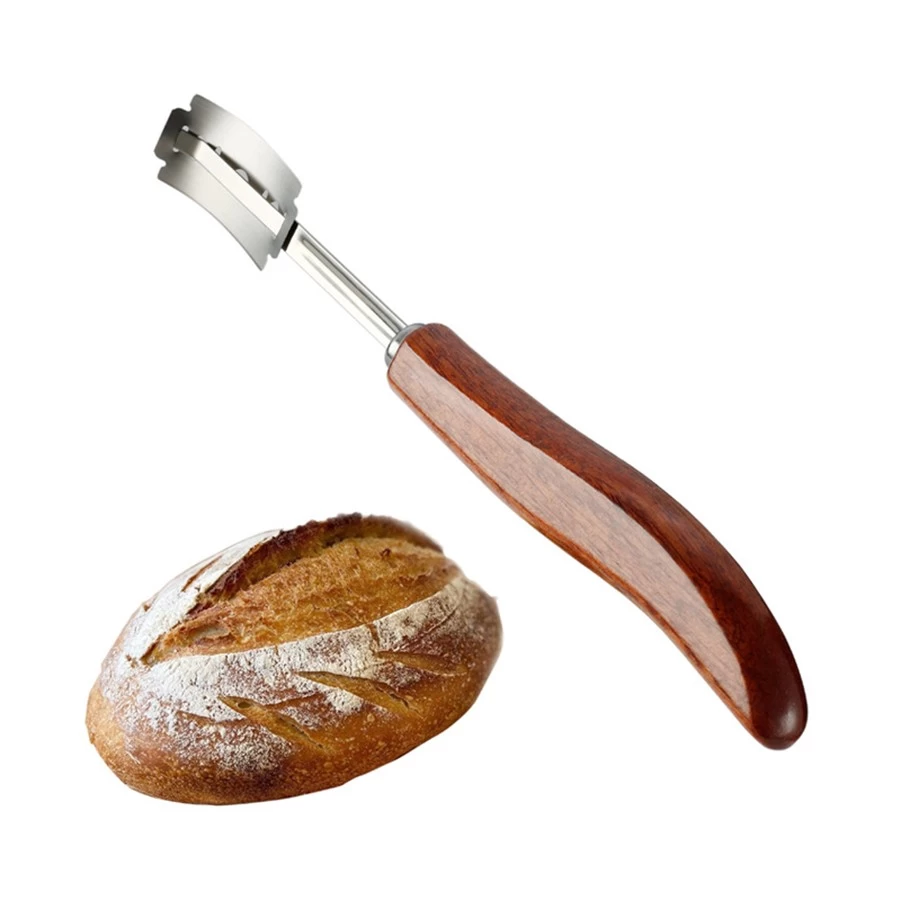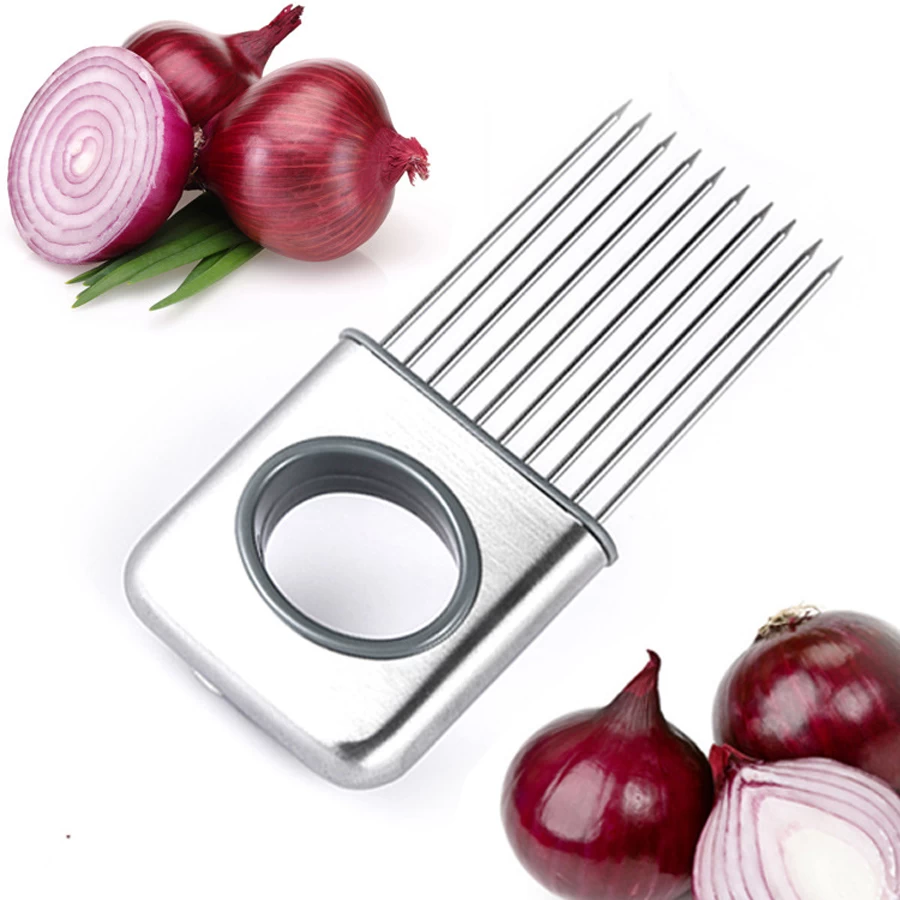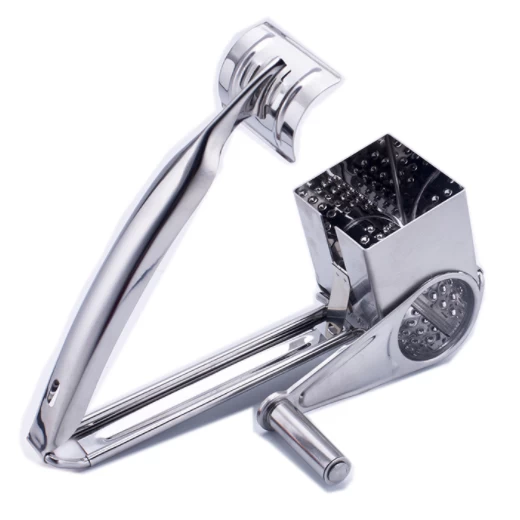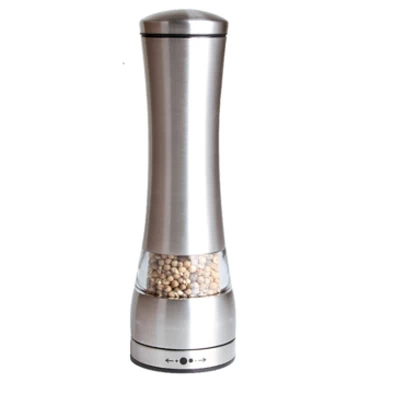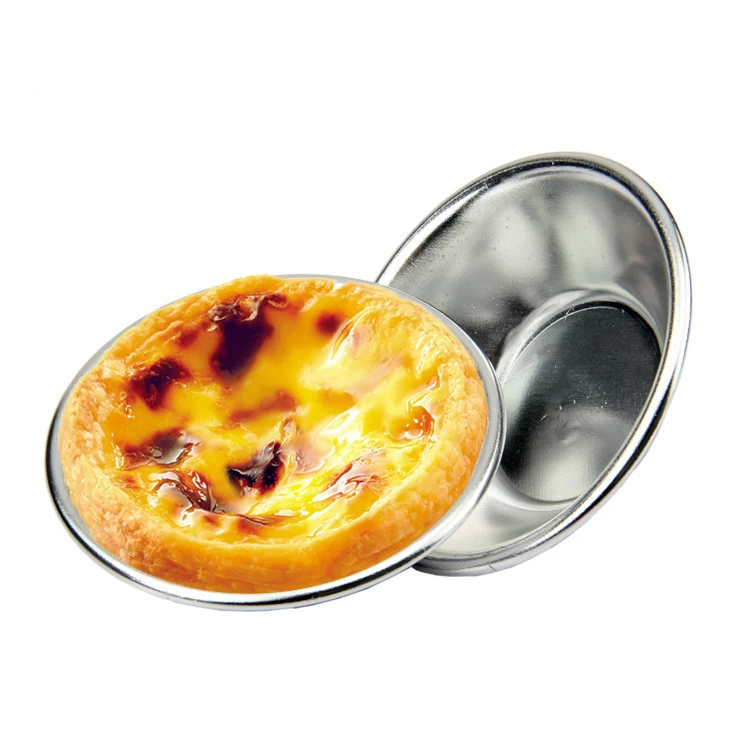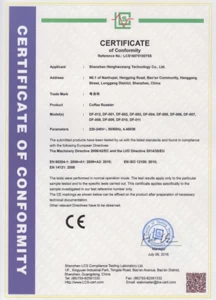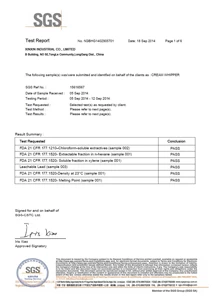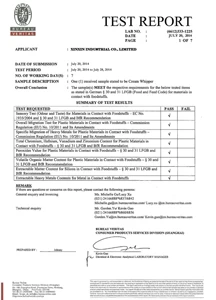Elevate Your Bread-Making Experience with the Perfect Fermentation Basket
Bread enthusiasts, home bakers, and culinary adventurers, it's time to take your bread-making skills to the next level with a fermentation basket. This versatile and essential tool is designed to transform your dough into a masterpiece of flavor, texture, and presentation.
The Magic of Fermentation Baskets
A fermentation basket, also known as a banneton or proofing basket, is a game-changer for anyone serious about baking artisan bread. These baskets are typically made from natural materials like cane, wicker, or even coir, which provide the perfect environment for your dough to rise and develop its unique characteristics.
Why Choose a Fermentation Basket?
-
Enhanced Dough Structure: The porous nature of the basket allows air to circulate around the dough, preventing it from becoming too wet or sticky. This helps in developing a better gluten structure, resulting in a more robust and elastic dough.
-
Beautiful Shape and Pattern: The basket imparts a beautiful, rustic shape to your bread. The intricate patterns left by the basket's weave add a touch of elegance and authenticity to your final loaf, making it not only delicious but also visually appealing.
-
Improved Crumb and Crust: By supporting the dough during fermentation, the basket helps in creating a more even crumb structure and a crispier crust. This is especially important for sourdough bread, where the fermentation process can be lengthy and delicate.
-
Consistent Results: Whether you're a seasoned baker or just starting out, a fermentation basket ensures that your bread rises evenly and maintains its shape. This consistency is crucial for achieving professional-quality results every time.
How to Use a Fermentation Basket
Using a fermentation basket is simple and straightforward. Here are a few tips to get the best results:
-
Dusting the Basket: Before placing your dough in the basket, lightly dust it with flour or a mixture of flour and rice flour. This prevents the dough from sticking and ensures a smooth release.
-
Shaping the Dough: Shape your dough into a round or oblong form, depending on the basket's shape. Place the dough seam-side up in the basket to create a smooth top surface on your final loaf.
-
Fermentation: Allow the dough to rise in the basket for the recommended time, usually 1 to 2 hours for a first rise or longer for a second rise, depending on your recipe.
-
Baking: When the dough is ready, carefully invert the basket onto a baking sheet or peel. The dough should release easily, maintaining its shape and pattern.
Choosing the Right Basket
When selecting a fermentation basket, consider the following factors:
-
Material: Natural materials like cane and wicker are preferred for their breathability and durability. They also add a rustic charm to your baking process.
-
Size: Choose a basket that matches the size of your dough. A basket that is too small may restrict the dough's expansion, while one that is too large may not provide enough support.
-
Shape: Decide whether you want a round, oval, or rectangular basket based on the type of bread you plan to bake. Round baskets are versatile and suitable for most loaves, while oval baskets are perfect for baguettes.
Elev Yourate Baking Game
A fermentation basket is more than just a tool; it's a symbol of artisanal baking and a commitment to quality. By incorporating a fermentation basket into your bread-making routine, you'll experience the joy of creating bread that looks, feels, and tastes like it came straight from a professional bakery.
Whether you're baking for your family, sharing loaves with friends, or simply indulging in your passion for baking, a fermentation basket is the perfect addition to your kitchen. Invest in one today and discover the difference it can make in your bread-making journey. Happy baking!


